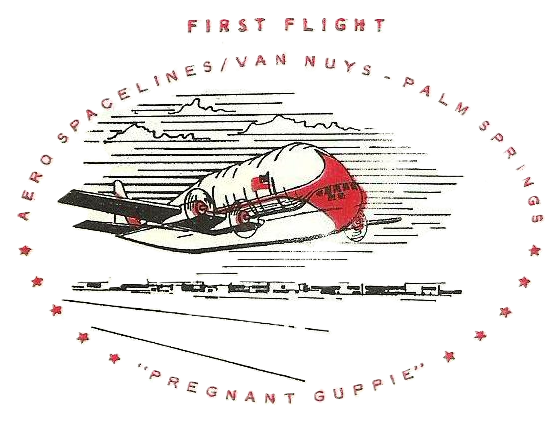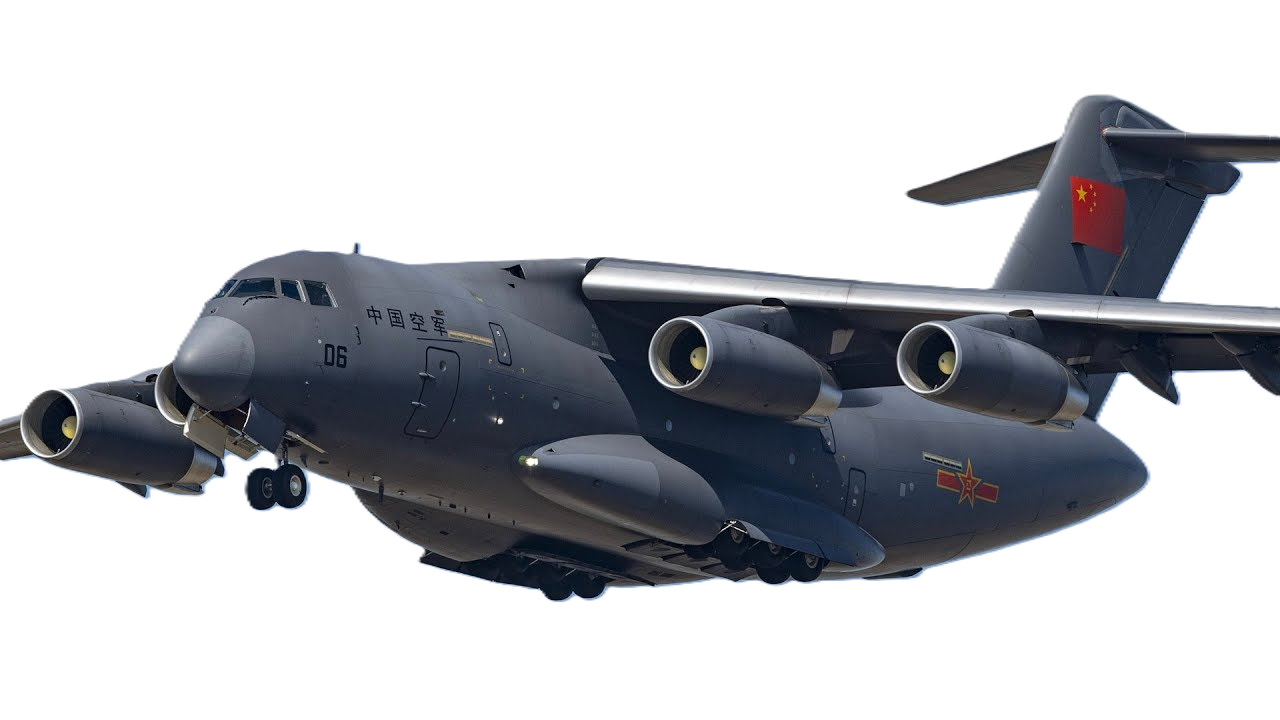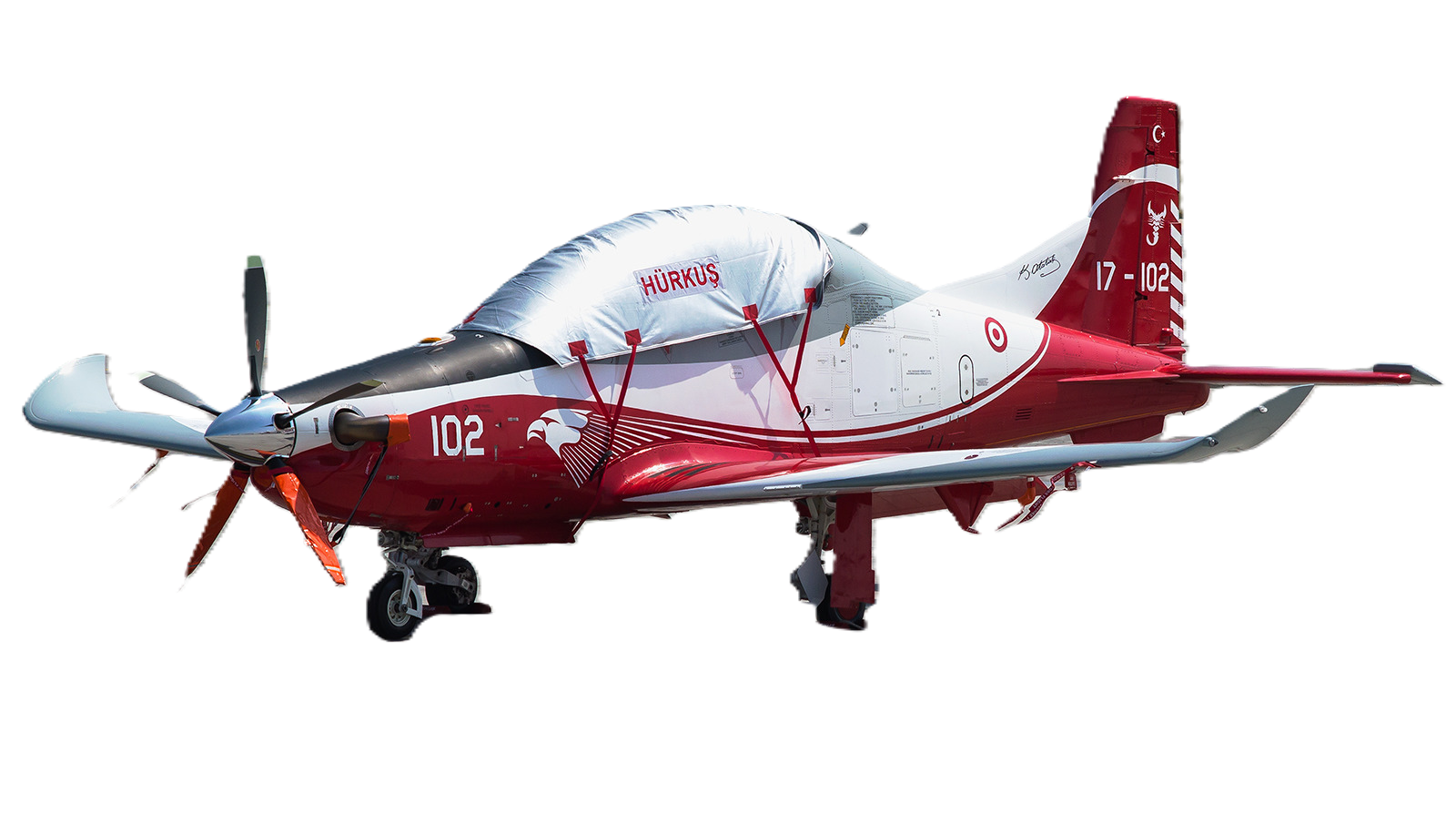Douglas
F4D Skyray the "Ford"
Role Fighter aircraft
Manufacturer Douglas Aircraft Company
First flight 23 January 1951
Introduction 1956
Retired 1964
Status Retired
Primary users United States Navy
United States Marine Corps
Produced 1950–1958
Number built 422
Developed into Douglas F5D Skylancer
.
History
Douglas F4D Skyray the "Ford" First Flight 23 January 1951 Introduction 1956 Retired 1964 Produced 1950–1958
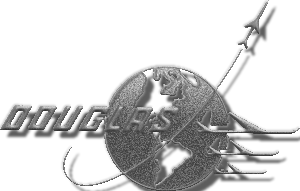
The Douglas F4D Skyray (later redesignated F-6 Skyray) is an American carrier-based fighter/interceptor designed and produced by the Douglas Aircraft Company. It was the last fighter produced by the Douglas Aircraft Company prior to its merger with McDonnell Aircraft to become McDonnell Douglas.
Development of the Skyray was started by Douglas during the late 1940s as the D-571-1 design study. It was a delta wing interceptor capable of a high rate of climb as to permit the rapid interception of approaching hostile bombers. Douglas' proposal was selected by Navy officials to fulfil a formal requirement issued in 1948. The decision to adopt the Westinghouse J40 turbojet engine to power it would lead to considerable difficulties later on as this engine would be cancelled prior to entering production. Aerodynamic issues would also lead to a protracted development cycle, considerable design changes being made even after the maiden flight of a production standard Skyray having taken place in June 1954. The Skyray was declared ready for fleet introduction in April 1956, permitting its entry to service with both the United States Navy (USN) and United States Marine Corps (USMC) shortly thereafter.
The Skyray had a relatively brief service life, during which it never participated in actual combat. Despite this, it was the first carrier-launched aircraft to hold the world's absolute speed record, having attained a top speed of 752.943 mph, (1,211.744 km/h), and was the first USN and USMC fighter that could exceed Mach 1 in level flight. It also set a new time-to-altitude record, flying from a standing start to 49,221 feet (15,003 m) in two minutes and 36 seconds, all while flying at a 70° pitch angle. The last Skyrays were withdrawn from service in February 1964, although a handful continued to be flown for experimental purposes by National Advisory Committee for Aeronautics (NACA) up to the end of the decade. The F5D Skylancer was an advanced development of the F4D Skyray that ultimately did not enter service.
0
KmCeiling
0
KmCombat RANGE
0
Km/hAircraft Speed
0
Max Crew
Photo Gallery
Douglas F4D Skyray the "Ford"
First Flight 23 January 1951 Introduction 1956
Retired 1964 Produced 1950–1958


Douglas
F4D Skyray the "Ford"
First Flight 23 January 1951 Introduction 1956 Retired 1964 Produced 1950–1958
General Info
-
-
- Crew: 1
- Length: 45 ft 3 in (13.79 m)
- Wingspan: 33 ft 6 in (10.21 m)
- Height: 13 ft 0 in (3.96 m)
- Wing area: 557 sq ft (51.7 m2)
-
Powerplant
-
-
- Empty weight: 16,024 lb (7,268 kg)
- Gross weight: 22,648 lb (10,273 kg)
- Max takeoff weight:(12,300 kg)
- Powerplant: 1 × Pratt & Whitney J57-P-8, −8A or −8B afterburning turbojet engine, 10,200 lbf (45 kN) thrust dry, 16,000 lbf (71 kN) with afterburner
-
Performance
- Maximum speed: 627 kn (722 mph, 1,161 km/h)
- Range: 610 nmi (700 mi, 1,130 km)
- Ferry range: (1,200 mi, 1,930 km)
- Service ceiling: 55,000 ft (17,000 m)
- Rate of climb: 18,300 ft/min (93 m/s)
- Wing loading: 41 lb/sq ft (200 kg/m2)
- Thrust/weight: 0.71
Armament
-
- Guns: 4 × 20 mm Colt Mk 12 cannon, two on each wing just aft of the leading edge, mid-wing, underside, with 65 rounds/gun
- Rockets:
- 6 pods of 7 2.75 in (70 mm) unguided rockets or
- 4 pods of 19 2.75 in (70 mm) unguided rockets
- Missiles: 4 × AIM-9 Sidewinder air-to-air missiles
- Bombs: 2 × 2,000 lb (907 kg) bombs
Links to Youtube & Others
The F5D Skylancer was derived from the F4D and intended to be a Mach 2 capable successor to the Skyray. Although four prototypes were built and flown, the project was cancelled as being too similar in mission parameters to the F8U Crusader.
Douglas
F4D Skyray
the "Ford"
The Skyray was designed exclusively for the high-altitude interception role, with a high rate and angle of climb.
Youtube Link
We're back with another installment of Aircraft of the Month! This month we highlight the Douglas F4D Skyray from the New England Air Museum.



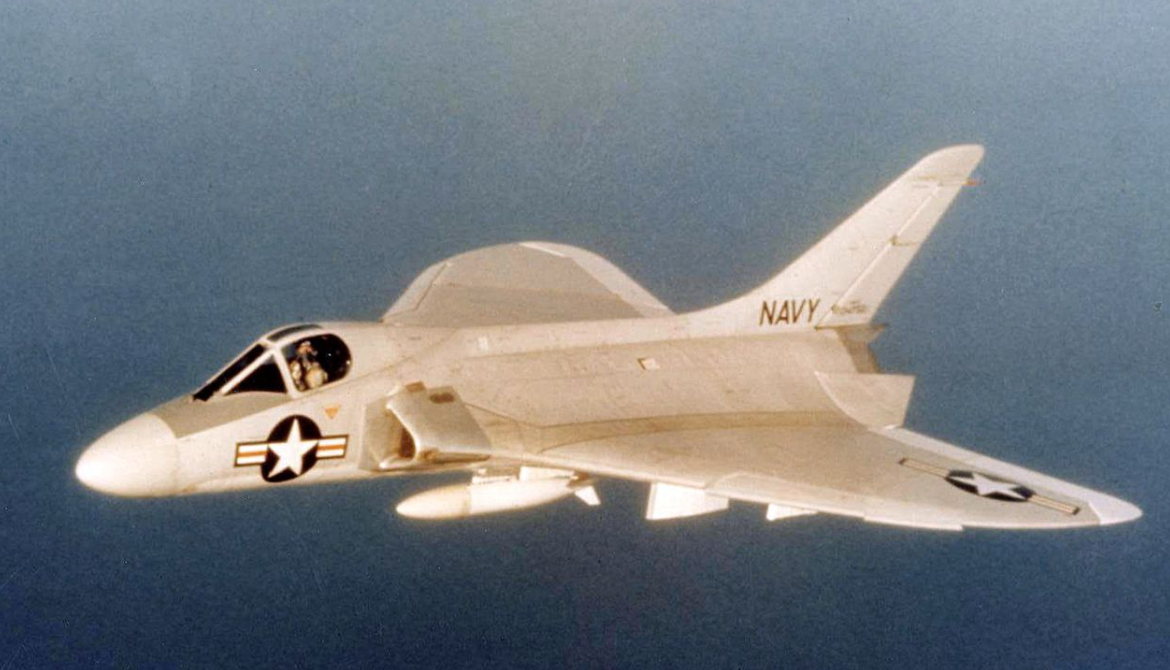




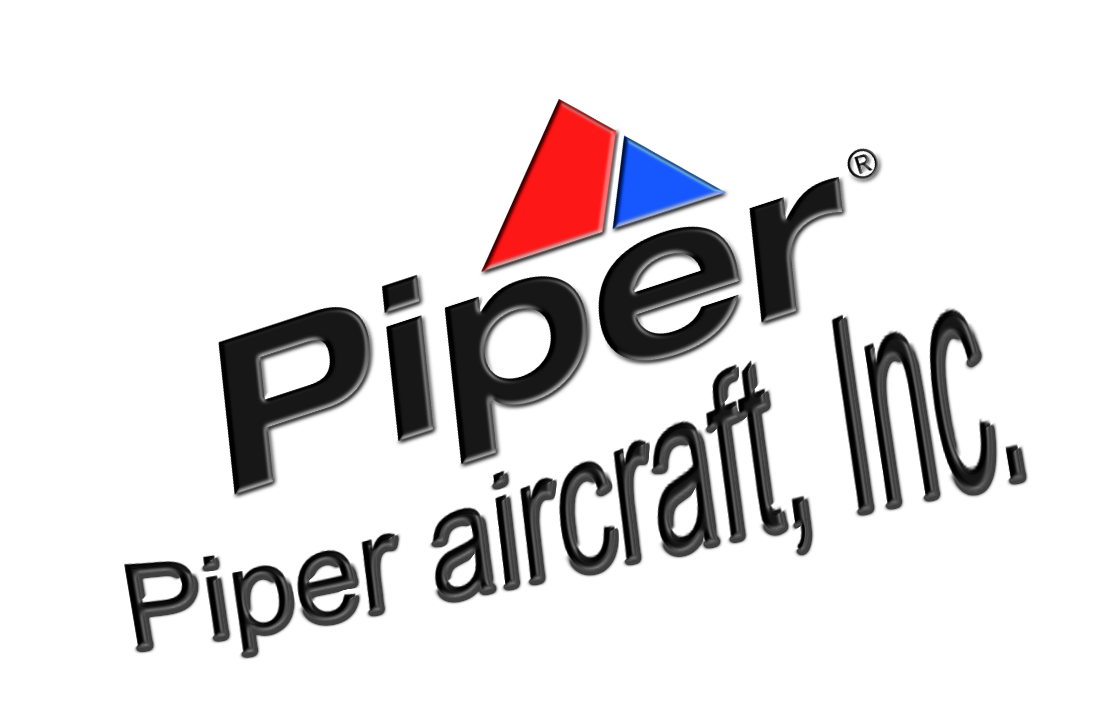
.png)
